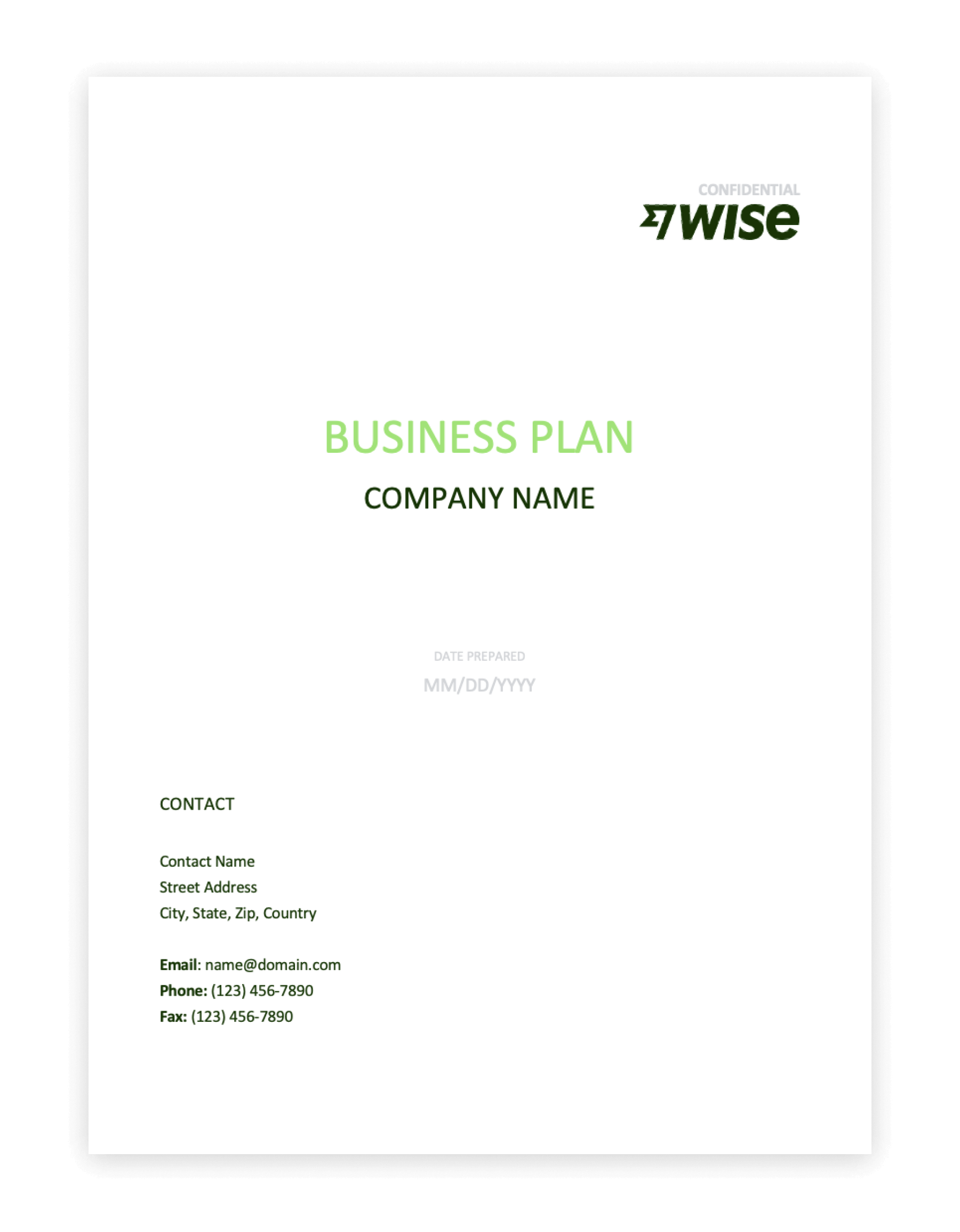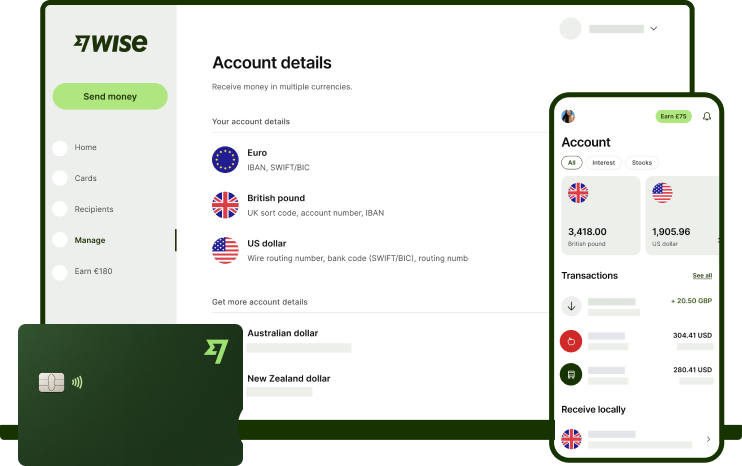Business plan format
Each business plan is unique. Build your own plan by choosing the sections of a traditional business plan which
suit your business and your needs. Here are the key segments to consider:
1. Executive summary: Make it easy for the reader by pulling out the key information in simple, impactful terms.
Cover the company’s product and niche, mission statement, leadership, employees, operations,
financial projections and location.
2. Company Description: Paint a picture of your company. Show who your customer is and what problem you solve.
Explain what makes you special, and well placed to exceed in your niche.
3. Market analysis: Set out the current state of your industry, and relevant market trends. Give details about the
broad opportunities and threats, key competitors and likely changes to demand. Don’t forget to talk about how
you will grow the market, or take market share from pre-existing businesses.
4. Products and services: Now it’s time to go into more detail about what you do. Set out the products or services
you provide, covering the pricing, consumer benefits and profit margins. If you’re selling a physical product
you’ll need to walk through the supply and production process.
5. Marketing and sales strategy: Where are your customers and how will you connect with them? Explain how
you encourage repeat sales, and how you’ll make use of traditional and innovative advertising and marketing
strategies. Don’t forget to cover the practicalities of actually closing a sale - for example, which ecommerce
or POS platform you’ll use.
6. Organization and management: Lay out the legal structure of your business - and the organizational structure
of your leadership team. If you’re seeking funding, remember that investors invest in founders as much as they
do business ideas. You need to show how each of your leaders can contribute to the success of your venture.









